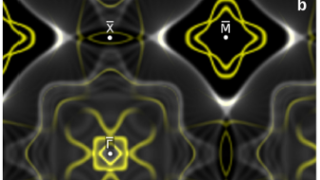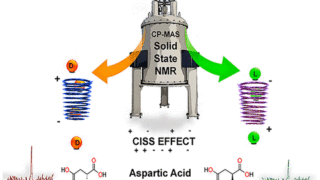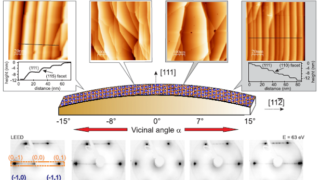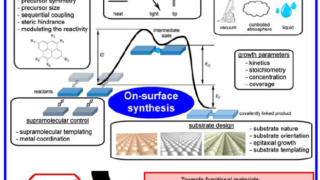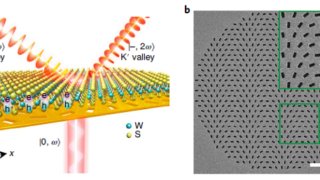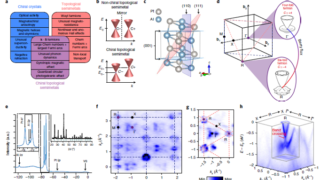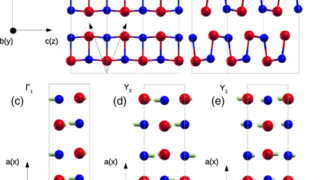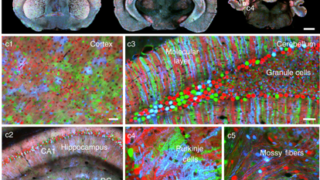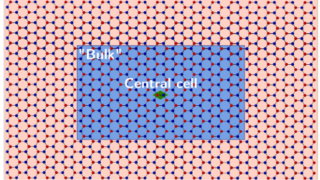
A local theory of insulators
Condensed matter • Materials • Physics • Quantum physics • Theoretical physics
We all know what an insulator is, don’t we? An insulator is any substance that is a poor conductor of heat and electricity. Both properties ussually occur as a consequence of a lack of mobile electrons.If we want to dive a little deeper into the nature of insulators we make use of energy band theory […]
